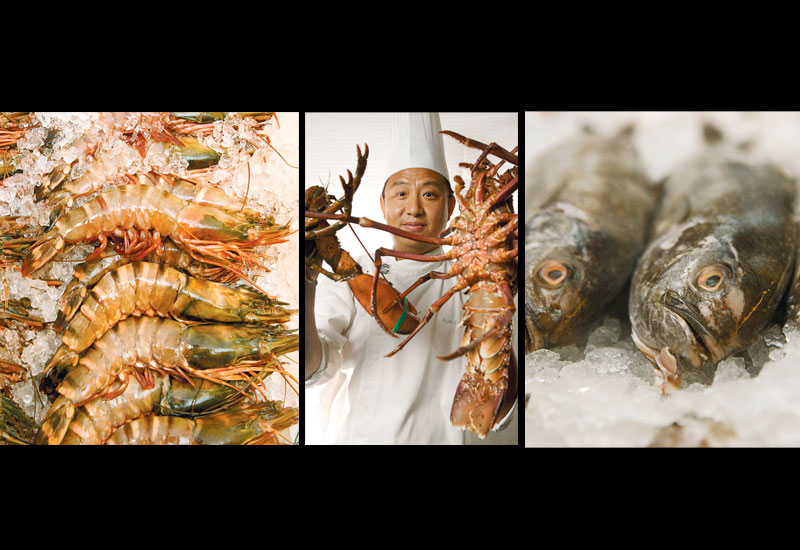Seafood restaurants are one of the region’s most popular concepts, with a large presence on the Middle East F&B scene. Ben Watts dives into the industry to find out what makes a successful seafood offering and what fishy problems a kitchen must overcome
Luxury seafood comes in different shapes and sizes, but many customers in the Middle East are unaware of the full range available across the region.
Chefs and suppliers, however, are working hard to keep this market afloat and at the forefront of region’s F&B market.
The seafood scene
“Luxury seafood is an exciting market — it’s unique,” asserts Classic Fine Foods general manager Thomas Leroy.
“We’re getting many fish in fresh and some frozen, but our job is to go to the source, so we talk to the producer. This means we can be very close to the demand of the market and to the quality of the product.”
The size of the region’s seafood market and the geographical location of many Middle Eastern resorts, upon the shores of the Gulf, mean demand is as strong as ever.
Radisson Blu Hotel, Kuwait City, executive chef Daniel Mayor comments: “As the Arabian Peninsula is surrounded by the Persian Gulf, Gulf of Oman, Indian Ocean and Red Sea, seafood is understandably popular.
“Kuwait is famous for the quality of its local shrimps and this forms a large part of the country’s culinary tradition.
“Another factor is the image of luxury carried by certain seafood — items such as lobster, oysters and caviar are popular, especially as the Gulf region has higher buying-power than other regions in this respect. So these products are more in demand here than in some other regions.”

Advertisement
Local or international
Purchasing seafood locally benefits both the environment and often a kitchen’s budget; however it also limits the extent of a restaurant’s offering.
Coral Beach Resort Sharjah executive chef Edgar Razon is a fan of buying local. “We purchase from local markets every two days and always purchase locally,” he explains.
Arjaan Dubai sous chef Azmat Malik adds: “I think seafood restaurants are such a popular concept across the region, because it is the choice of the local community here, because of the large and fresh variety of seafood products available in this region.
“Our big concern is in providing the best tastes and the perfect service — by doing this with our seafood offering we are confident that our guests will remain loyal to us.”
Radisson Blu’s Mayor says he will go further afield for some supplies, but maintains a healthy mix of suppliers in his restaurants.
“Due to our guest mix, we use local and international seafood from all around the world — from Canadian crab, Norwegian smoked salmon, Kuwaiti red snapper and Chinese dry fish to green lips mussels from New Zealand,” he notes.
“For a large kitchen operation it is better to buy from a global or regional retailer to ensure that the selection of seafood requested is readily available when required, but a small restaurant might be fine working with a daily menu based on available fresh products each day.”
Supplier Classic Fine Foods is one of the firms importing large numbers of seafood from distant places, especially French shellfish, to the region’s market; it is done, however, with a distinctly local flavour.
Classic Fine Foods’ Leroy explains: “We can provide all the information for the customer that they want — we can provide the name of the boat that the fish was caught by and this is important, because it’s part of the story, part of the magic and part of the theory of the fish — it’s all about passion when it comes to seafood.”









 Search our database of more than 2,700 industry companies
Search our database of more than 2,700 industry companies









